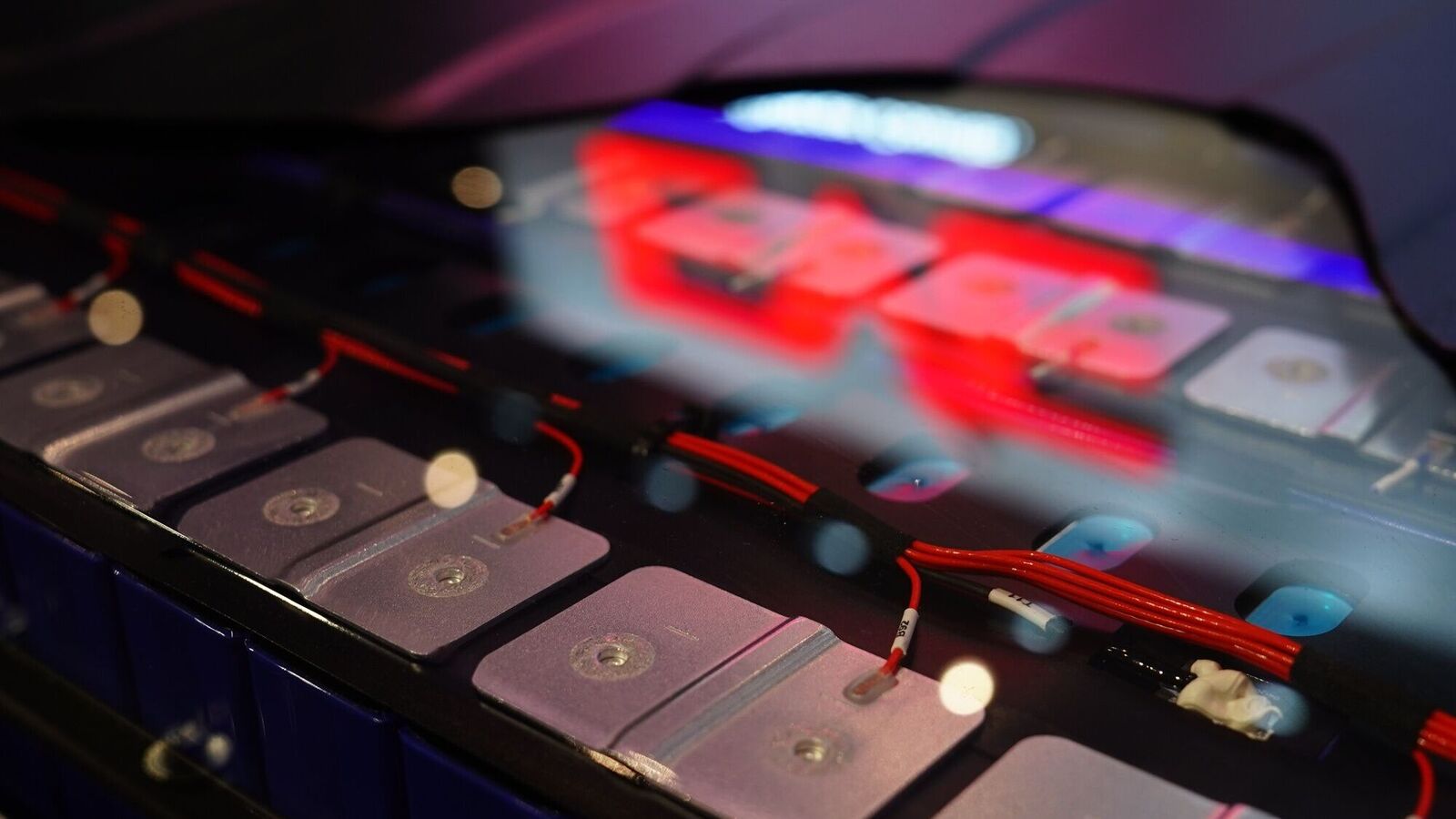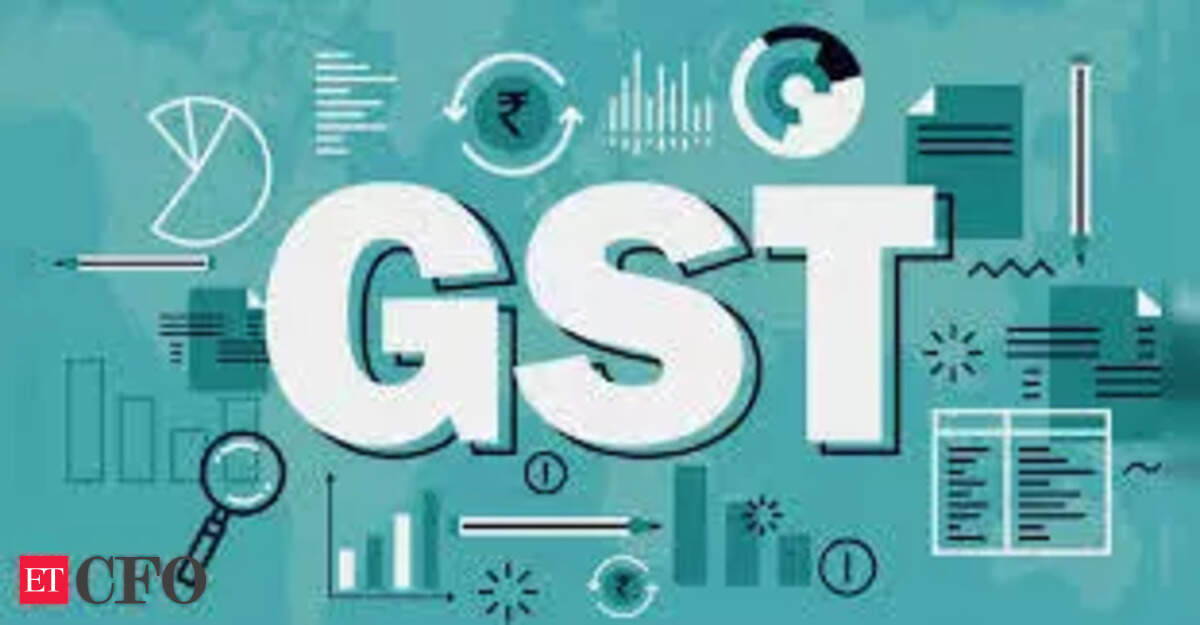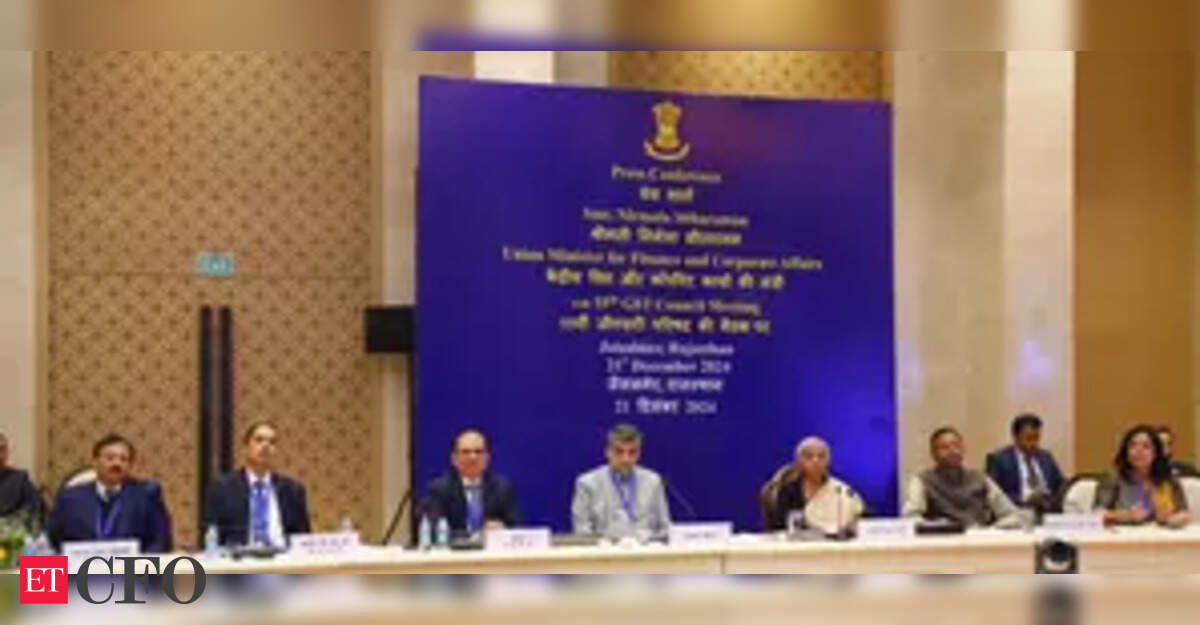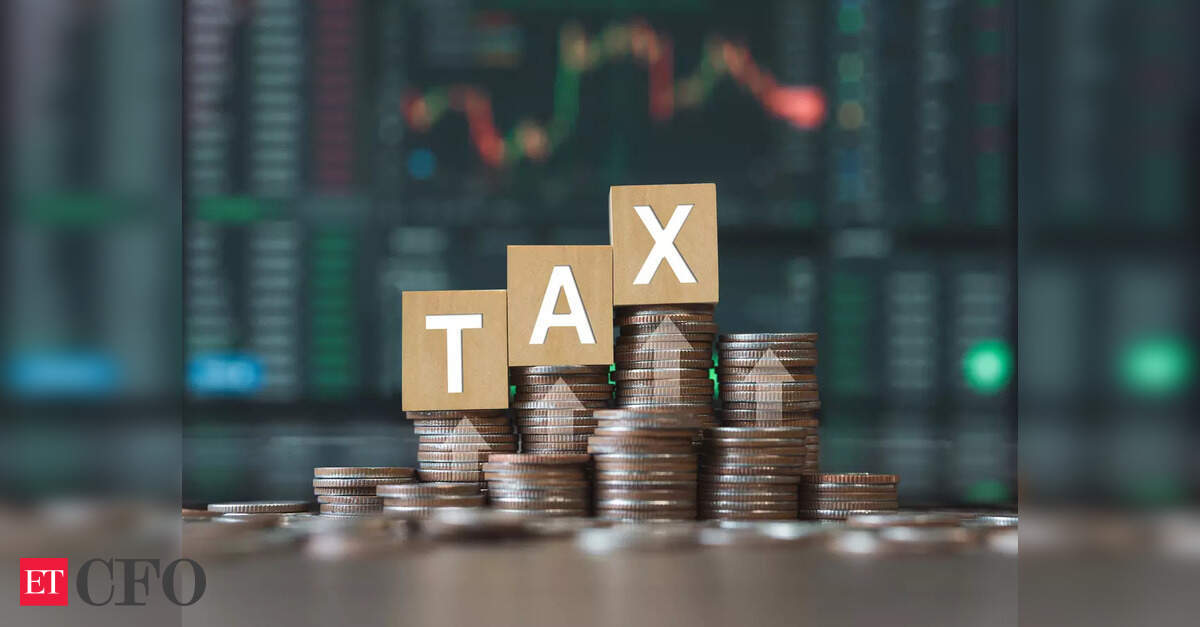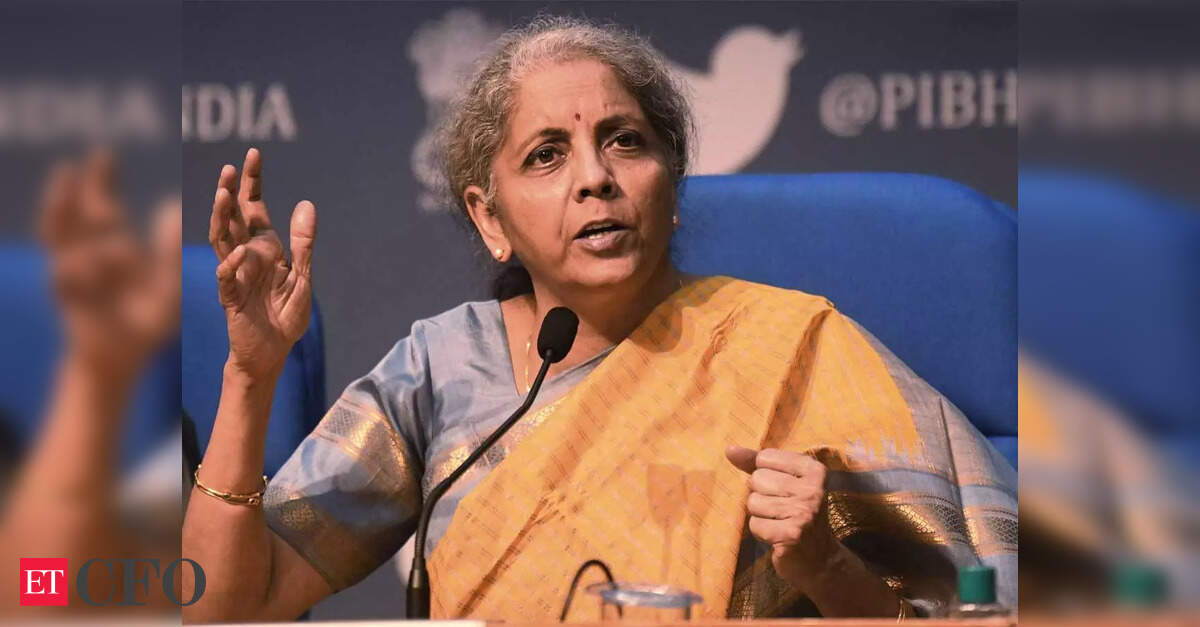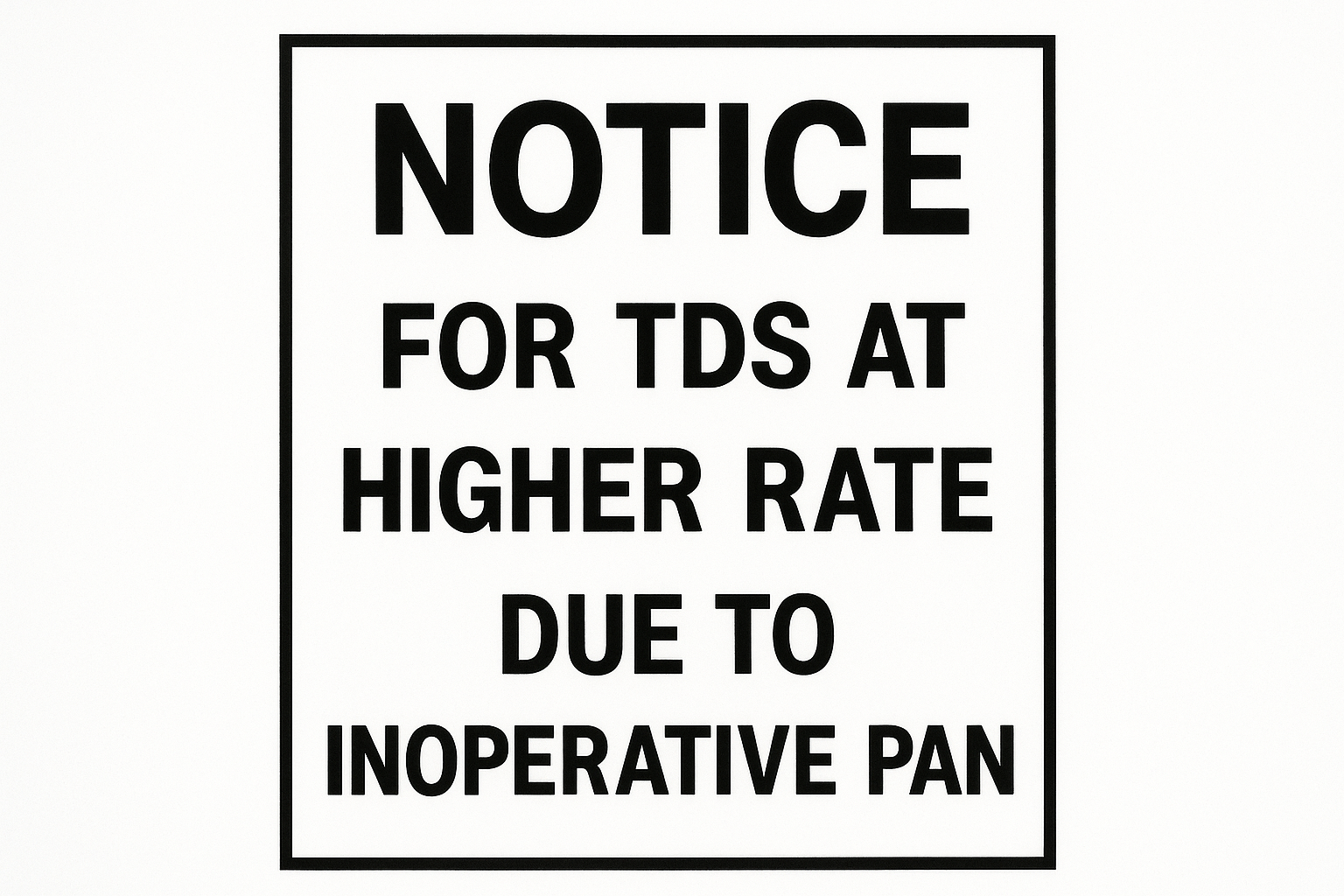The Union budget on Saturday announced the elimination of basic customs duty (BCD) on imports of a range of materials, including lead, zinc, and cobalt, that go into making lithium-ion batteries, and on select capital goods used in manufacturing of electric vehicles, in a move that will likely make these zero-emission vehicles cheaper to own.
The government also proposed to set up a National Manufacturing Mission, which will have a special emphasis on clean tech manufacturing, including EV batteries, motors and controllers, as well as grid-scale power storage batteries.
BCD will be removed from Sunday on 35 different types of capital goods – or machinery – used for lithium-ion battery manufacturing. This will bring down the cost of setting up an EV battery manufacturing factory in India. Similar benefits have also been granted to equipment for cell phone battery manufacturing.
“This will boost domestic manufacture of lithium-ion battery, both for mobile phones and electric vehicles,” finance minister Nirmala Sitharaman said in her budget speech.
Currently, companies like Ola Electric, the Tata Group, a joint venture of Toshiba, Denso and Suzuki Motor, a subsidiary of Reliance, and a venture of Exide are among those investing in lithium-ion cell manufacturing in India.
In the budget, BCD has also been removed on the import of scrap lithium-ion batteries, cobalt powder, lead, zinc and 12 more critical minerals, many of which are used in making EV batteries. Earlier, imports of these materials attracted a basic customs duty of 2.5-10%.
“This will help secure their availability for manufacturing in India and promote more jobs for our youth,” Sitharaman said.
Companies engaged in EV battery manufacturing and allied sectors said that the measures will encourage the expansion of domestic production capacities.
“The Union Budget 2025’s clear focus on clean technology, particularly the launch of the Clean Tech Mission, is incredibly encouraging. The emphasis on EVs and battery technologies aligns perfectly with India’s ambition to create a sustainable mobility ecosystem,” said Vikram Handa, managing director of Epsilon Advanced Materials, which is investing in making anodes and cathodes for lithium-ion cells in India.
The removal of BCD on certain capital goods and raw material “provides a powerful impetus for the industry to invest in expanding domestic capabilities,” he said.
The Automotive Component Manufacturers Association of India (ACMA), an industry lobby, said that the removal of BCD was “a strong step toward enabling India’s transition to electric mobility.”
“The Union Budget 2025-26 is forward-looking and growth-centric, reinforcing the government’s commitment to strengthening India’s manufacturing sector and driving the transition to cleaner mobility solutions,” said Shradha Suri Marwah, president, ACMA.
Meanwhile, the focus on increased consumer spending through direct tax cuts and other similar measures will aid demand for new vehicles, industry executives said.
“The specific focus on rural prosperity and agriculture, coupled with reforms in the personal income tax, is likely to have a positive effect on the auto industry, and will help in creating demand,” said Shailesh Chandra, president, Society of Indian Automotive Manufacturers (SIAM), another industry lobby.
However, some felt that more could have been done in terms of direct sops for EVs and for charging infrastructure.
“The reduction in customs duty complements the existing PLI schemes and will encourage backward integration, enabling Indian manufacturers to scale up operations efficiently,” said Abhijeet Sinha, project director of National Highways for Electric Vehicles (NHEV), a government-backed pilot program for setting up EV infrastructure along highways.
“However, missing climate financing outlays and a clear roadmap for expanding charging infrastructure limits the immediate impact on adoption,” he said.
PLI stands for production-linked incentives. The government has two PLI schemes that promote the local manufacturing of new technology vehicles, including EVs, and of battery cells used in such EVs.
Electric mobility needs to achieve faster adoption that warrants immediate action in the form of stronger incentives for fleet electrification and a rapid expansion of charging network, Sinha said. The recently announced guidelines on charging infrastructure and battery swapping could have been undertaken on a “mission mode” to increase investor confidence and accelerate the transition to EVs, he said.
Visit www.cagurujiclasses.com for practical courses
